Forbidden City Endeavors to Improve Accessibility
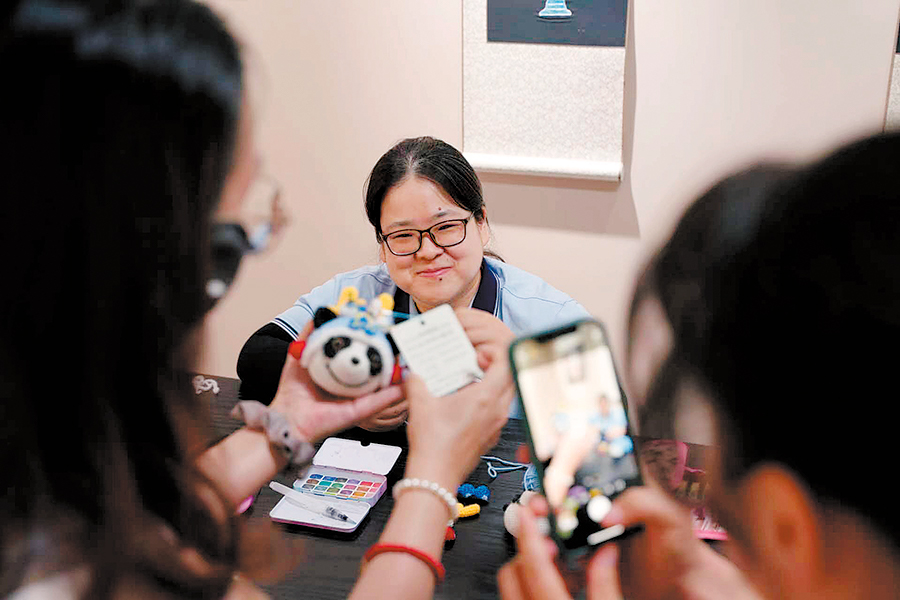 |
| Guo Yuanyuan participates in an exhibition celebrating women artists with disabilities at the Palace Museum in Beijing earlier this month. [China Daily] |
On May 12, Guo Yuanyuan finally had the chance to set foot in the Forbidden City.
Despite growing up in Beijing, this UNESCO World Heritage Site overseen by the Palace Museum had always felt out of reach to the 39-year-old paralyzed from the waist down due to a congenital condition.
Invited to an exhibition celebrating women artists with disabilities at the museum, Guo finally mustered up the courage to navigate the bustling tourist area, only to encounter hidden accessibility challenges within its grand walls. The ramps meant for disabled visitors became a point of concern for her.
"The national standard specifies a 1:12 slope ratio for ramps," she said. "But many obviously don't meet the requirement."
Guo said steep inclines and rough surfaces on the ramps could potentially tip over wheelchairs, overshadowing what should have been a moment of awe and wonder in one of the world's most popular tourist destinations.
Fortunately, with the help of volunteers present that day, Guo faced no danger or mobility hindrances due to the ramp.
She said while the design flaws may not be intentional, they reflect a broader lack of understanding of the genuine needs of individuals with disabilities, despite legislative efforts in recent years to shore up accessible features in public spaces such as restrooms, railway stations and hospitals.
She added that accessible features should go beyond symbolic gestures. Replacing the ramps with longer ones featuring gentler slopes could significantly enhance the travel experience for disabled visitors.
Adding modern accessibility features to historical sites can be challenging due to architectural and structural constraints.
The Palace Museum has worked to balance the need for accessibility with preserving the site's original design and character.
On the day of Guo's visit, the museum made a commitment to improve visitor accessibility and showcase cultural items created by artists with disabilities.
The museum announced plans to collaborate with the China Disabled Persons' Federation to deploy these reforms, with an agreement signing ceremony held at the museum.
Speaking at the event, Wang Xudong, a senior Party official with the Ministry of Culture and Tourism and director of the museum, said the museum has a duty to enhance services for individuals with disabilities and encourage their involvement in China's cultural heritage.
He said the museum has in the past rolled out sign language services for tourists and pledged to create a more inclusive environment, enhance experiences for disabled visitors, and organize cultural events to promote their engagement with traditional culture.
Despite advancements in public space accessibility and an increase in disabled travelers due to legislation efforts and higher incomes, challenges persist.
Guo highlighted air travel as an example.
Wheelchairs often need to be checked in for flights, risking damage due to rough handling during the process.
"Most of the time, we can communicate with the airport to have our wheelchairs transported along with carry-on luggage. However, there are also times when, due to insufficient space in the luggage compartment, our wheelchairs have to be checked in," she said.
(Source: China Daily)
Please understand that womenofchina.cn,a non-profit, information-communication website, cannot reach every writer before using articles and images. For copyright issues, please contact us by emailing: website@womenofchina.cn. The articles published and opinions expressed on this website represent the opinions of writers and are not necessarily shared by womenofchina.cn.

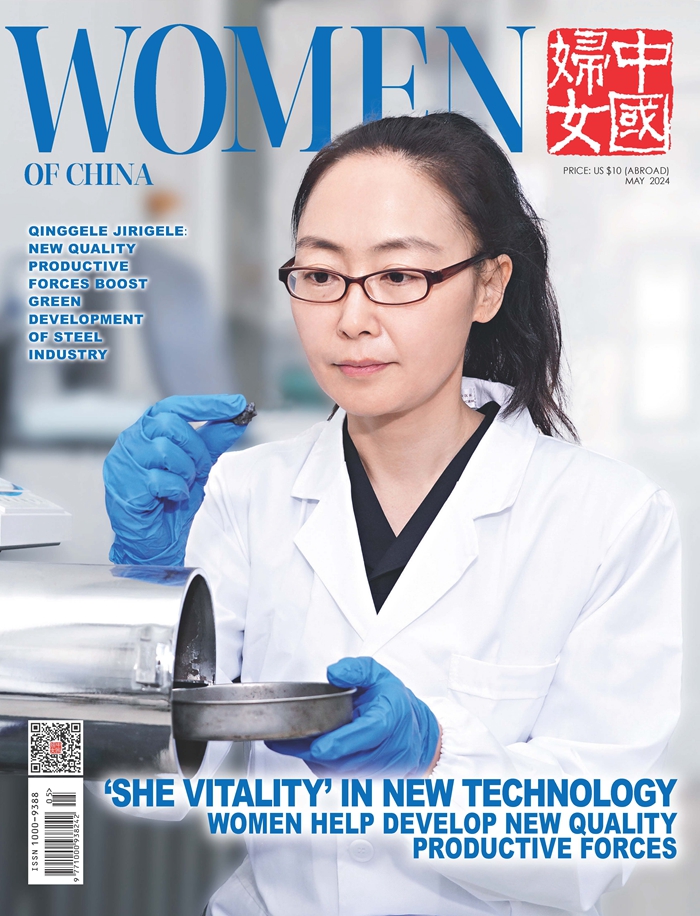
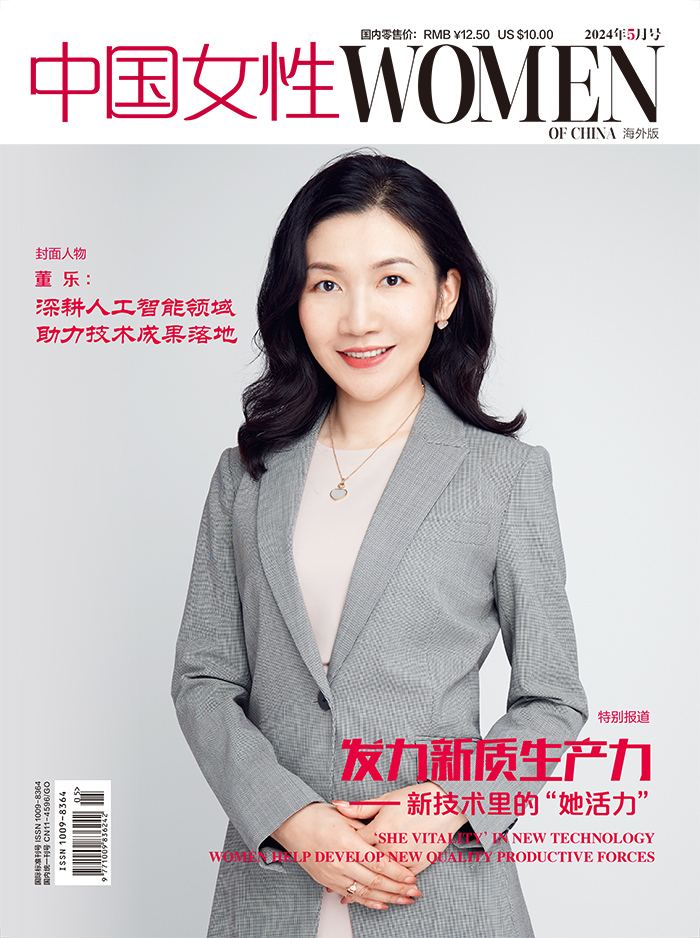
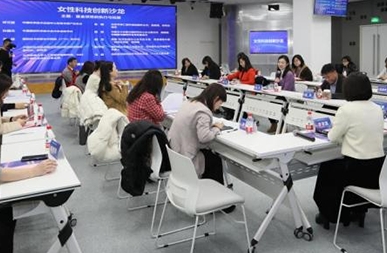
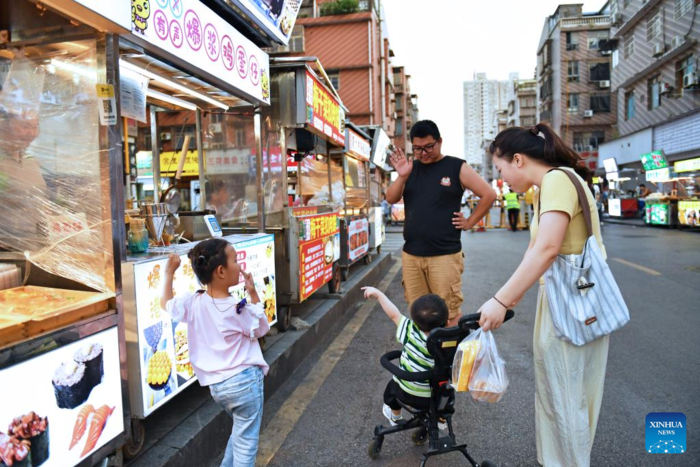
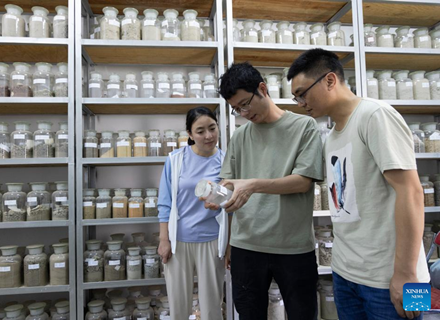


 WeChat
WeChat Weibo
Weibo 京公网安备 11010102004314号
京公网安备 11010102004314号